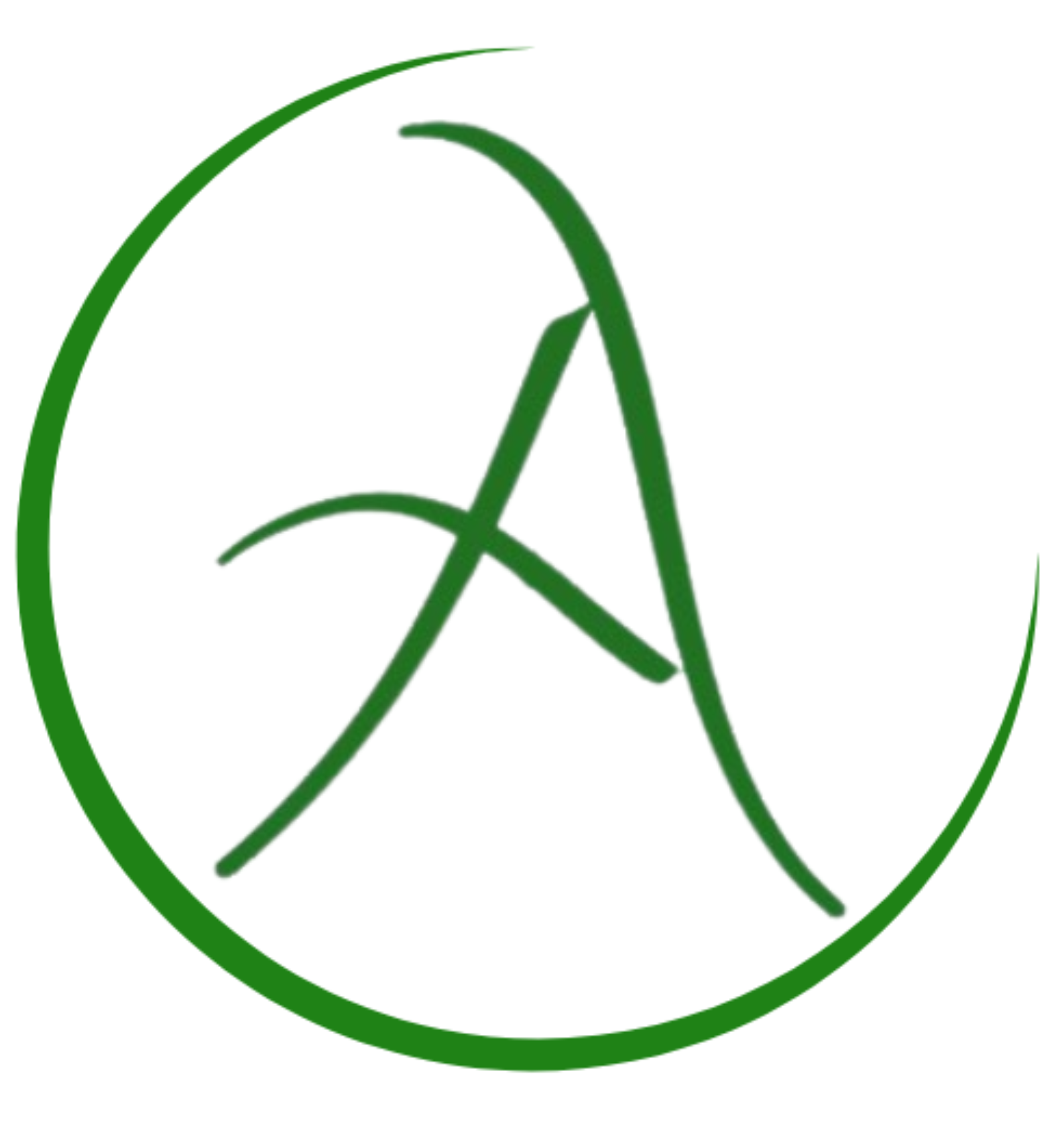Regenerative Economy
-
Module 01: Introduction1.1 Lesson-1: Interested in Regeneration?
-
1.2 Lesson-2: What is Regenerative Economy?
-
1.3 Lesson-3: Principles of Regenerative Economy9 Topics
-
1.3.1 Principle 1: Maintain strong, cross-scale circulation of key flows, such as energy, information, resources, and money.
-
1.3.2 Principle 2: Regenerative and sustained re-investment
-
1.3.3 Principles 3 & 4: Maintain Trustworthy Inputs and Healthy Outputs
-
1.3.4 Principle 5: Maintain a good balance between different types of organizations.
-
1.3.5 Principle 6: Maintain a balanced mix of resiliency and effectiveness.
-
1.3.6 Principle 7: Maintain sufficient diversity
-
1.3.7 Principle 8: Encourage cooperative relationships and principles that are shared by all
-
1.3.8 Principle 9: Encourage positive action and restrict speculative and overly extroverted behavior
-
Principle 10: Encourage efficient, flexible, group learning
-
1.3.1 Principle 1: Maintain strong, cross-scale circulation of key flows, such as energy, information, resources, and money.
-
1.4 Lesson-4: Towards Regenerative Economy1 Quiz
-
Module-02: Go Beyond the Circles2.1 Lesson-1: From Linear to Circular Economy
-
2.2 Lesson-2: The Nested System
-
2.3 Lesson-3: From Focusing on the Product to Focusing on the Process1 Quiz
-
Module-03: Regenerative Economy Mindset Shifting3.1 Lesson-1: Shift Mindset to Transform the System1 Topic
-
3.2 Lesson-2: Shift Mindset: “Doing” to “Being”2 Topics
-
3.3 Lesson-3: Shift Mindset: “Ego” to “Soul”1 Topic|1 Quiz
-
Module 04: Regenerative Economy Framework4.1 Lesson-1: Levels of Paradigm6 Topics
-
4.2 Lesson-2: Understanding Levels of Paradigm as a System
-
4.3 Lesson-3: Evolving a Practice of Regenerative Economics5 Topics
-
4.4 Lesson-4: Quantitative Growth to Qualitative Growth2 Topics|1 Quiz
-
Module 05: Collaborative Approach to Regenerative Economy5.1 Lesson-1: Ecology and Regenerative Economy 1
-
5.2 Lesson-2: Economy of Human Development9 Topics
-
5.3 Lesson-3: Regenerative Approach to Whole Economic Development7 Topics
-
5.3.1 Risks Associated with Traditional Economic Growth
-
5.3.2 A Regenerative Evolutionary Strategy to Creating Community Wealth
-
5.3.3 Developing Place-Sourced Community Intelligence: A Three-Phase Strategy
-
5.3.4 Phase One: Thinking Strategically
-
5.3.5 Phase Two: Changing Systems
-
5.3.6 Phase Three: Institutionalizing Strategic Planning Patterns and Fields
-
5.3.7 The Changes
-
5.3.1 Risks Associated with Traditional Economic Growth
-
5.4 Lesson-4: Regenerative Culture3 Topics|1 Quiz
-
Module 06: Regenerative Investment6.1 Lesson-1: The Role of Businesses2 Topics
-
6.2 Lesson-2: Investing from a Regenerative Mind1 Topic
-
6.3 Lesson-3: Food System Investing in a Regenerative Economy4 Topics|1 Quiz
-
Conclusion
Participants 5727
6.2.1 Assessing if investments are Regenerative
April 2, 2023
The measures that are now used to measure performance have somewhat locked in the practices of impact investing. It will be necessary to reevaluate presumptions about what success means and how to measure it in order to use a regenerative investment method. This entails focusing on systemic effects that alter the condition and capability of the system rather than narrowly defined, clearly quantifiable consequences or outcomes. How much has a system improved in terms of vitality, viability, and capacity for evolution can be a question to consider in order to make this change. And how can we develop the ability to assess such changes?
It’s crucial to use the right success metrics. They ensure other parties that a program is serving its intended objective and provide transparency for investors. To avoid undermining the systemic ability that a regenerative investment is intended to develop, they must be carefully planned. As a direct result of its operations, the resort has: encouraged the development of ecological agriculture in the area; promoted a co – operative of artisanal sea-salt manufacturers; identified new markets and products for local builders, equipment, and crafts; revived the economy and social dynamism of the neighboring village; and assisted local sea turtle poachers in becoming knowledgeable stewards of what has turned into a sacrosanct area.
As a result, the flows of economic, human, cognitive, and natural capital that gave rise to Playa Viva have not only produced a flourishing and well-known company. Also, they have had regenerative, systemic benefits that have grown and compounded over time.
In a world that is changing quickly, investors have a crucial role to play as change agents and creators of a new economic dynamic. This holds true for all types of investors, including philanthropies, governments, private money, and business owners. Each of these investors has the ability to influence how humans interact with their planet if they operate from a comprehensive understanding of living systems.
Since every biological system is different and dependent on internal growth and creative engagement, there are no specific methods, guidelines, or best practices for this. But in the absence of a general strategy, developing a regenerative mindset in each investor and the community of investors can be the way ahead.

